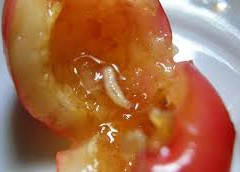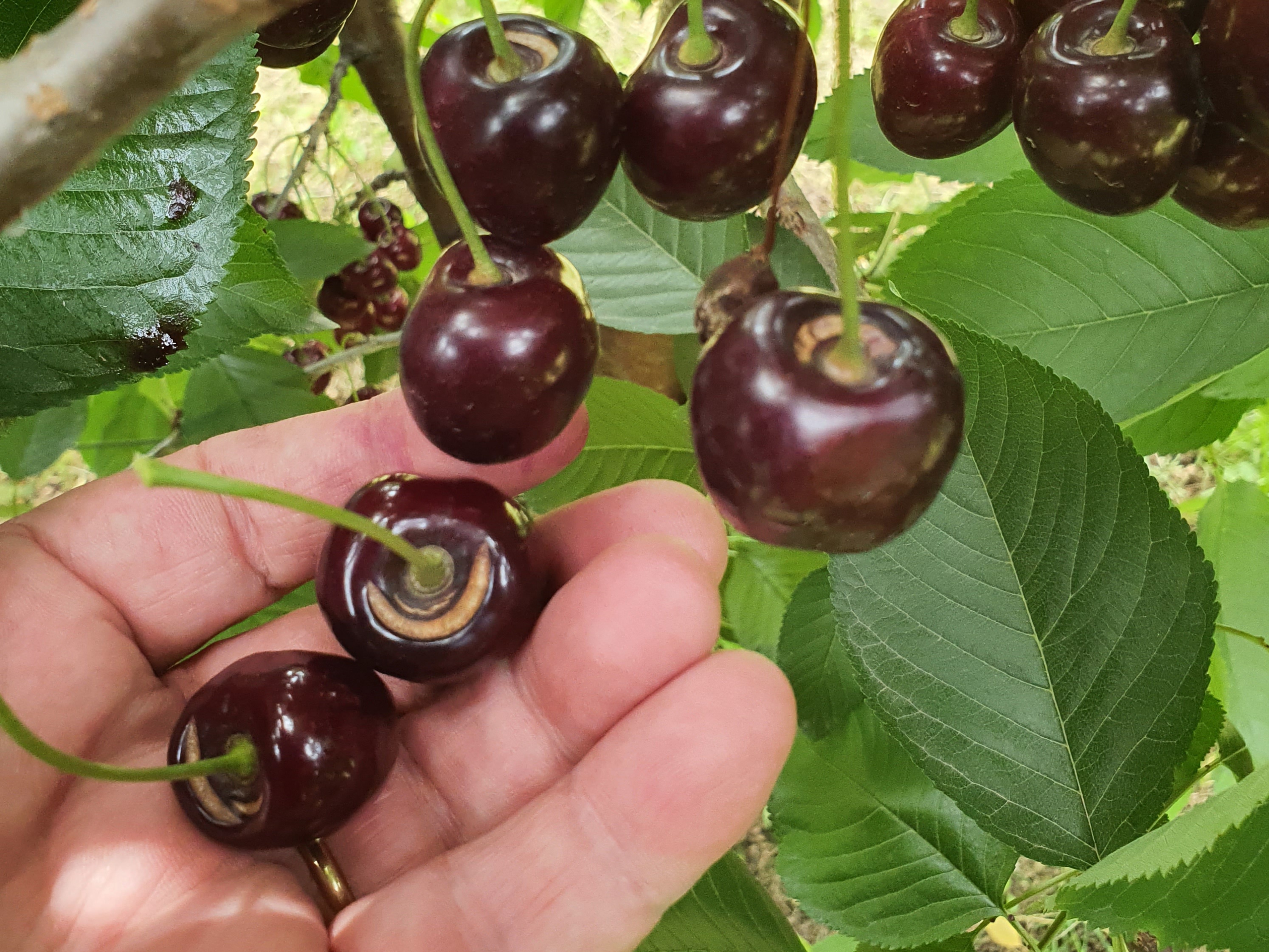In a production context such as southern Chile, where sweet cherry is one of the most important crops (413,979 tons exported during the 2023/2024 season), the use of plastic covers has become essential to prevent pre-harvest rain damage (cracking).
However, while these covers reduce the risk of cracking, they can negatively impact several quality parameters of the fruit, such as color, firmness, sugar content, and acidity.
Reflective films and cherry quality
A recent study analyzed the eLectiveness of reflective ground films as a strategy to counterbalance the negative eLects of plastic covers. The experiment was carried out in a commercial orchard located in the Los Lagos region of Chile, using “Regina” cherry trees grafted onto “Gisela 6” rootstock and grown under high-density plastic tunnels.
The reflective films were installed at two diLerent times: 21 days and 34 days before harvest (DBH), and results were compared with an untreated control. The aim of the study was to enhance light reflection toward the canopy, thereby improving photosynthesis and promoting more uniform fruit ripening.
The results showed an improvement in the quality of fruits harvested from trees with reflective films. In particular, the 34 DBH treatment led to increased fruit firmness and total soluble solids (TSS), especially in the lower part of the canopy where light penetration is typically limited.
Improved ripening and nutrition
Greater ripening uniformity was also observed, with a higher percentage of fruits over 32 mm in
diameter in the upper canopy and a more intense and homogeneous coloration (Mahogany
category) in the lower canopy, especially under the 21 DBH treatment.
From a nutritional standpoint, antioxidant activity and phenolic content were higher in the reflective film treatments, particularly in the 21 DBH group, suggesting a possible positive eLect on phenolic compound biosynthesis induced by greater UV light in the reflected spectrum.
Negative effects and limitations
However, the use of reflective ground film, particularly in the 34 DBH treatment, also resulted in some negative eLects. This treatment increased the incidence of both lateral and peduncular cracking, with rates up to 8% higher than the control, likely due to elevated soil moisture and greater water absorption by roots and fruits.
Additionally, fruits from the 34 DBH treatment exhibited a higher incidence of pedicel browning during post-harvest storage. On the other hand, the 21 DBH treatment eLectively reduced the occurrence of pitting and orange peel, two defects frequently observed after long maritime transport to markets such as China.
Conclusions and future directions
In conclusion, the use of reflective ground films proves to be a promising agronomic technique to improve several quality parameters in “Regina” cherries grown under plastic covers,
especially in terms of firmness, sugar content, ripening uniformity, and antioxidant properties.
However, the timing of application is crucial: while early application at 34 DBH oLers greater
improvements in quality, it also increases cracking and post-harvest issues.
The 21 DBH treatment, by contrast, emerged as a more balanced compromise between fruit quality and
storability. Further research is needed to understand the physiological mechanisms underlying
these results and to optimize the use of this technique based on the specific soil, climate,
cultivar, and orchard management conditions.
Source: Muñoz-Alarcón, A., Palacios-Peralta, C., González-Villagra, J., Carrasco-Catricura, N., Osorio, P., & Ribera-Fonseca, A. (2025). Impact of Reflective Ground Film on Fruit Quality, Condition, and Post-Harvest of Sweet Cherry (Prunus avium L.) cv. Regina Cultivated Under Plastic Cover in Southern Chile. Agronomy, 15(3), 520. https://doi.org/10.3390/agronomy15030520
Image source: Ariel Muñoz-Alarcón et al., 2025
Andrea Giovannini
University of Bologna (ITA)
Cherry Times - All rights reserved












